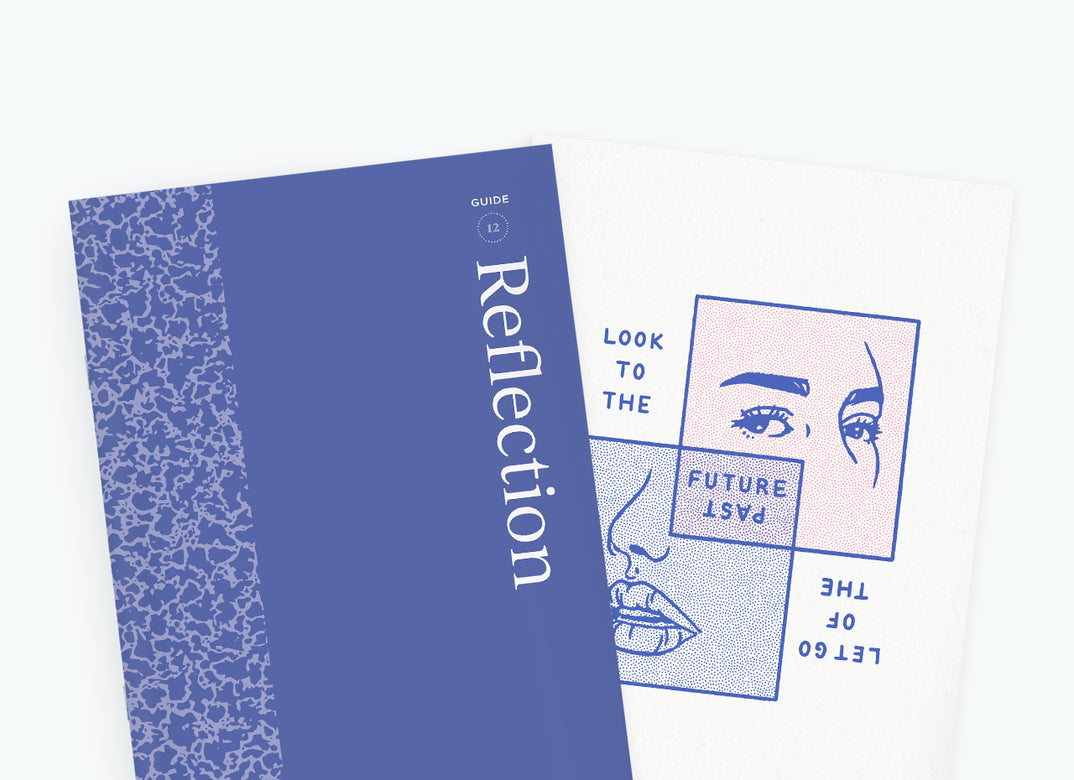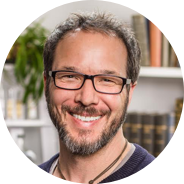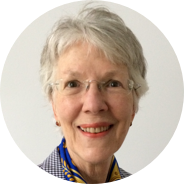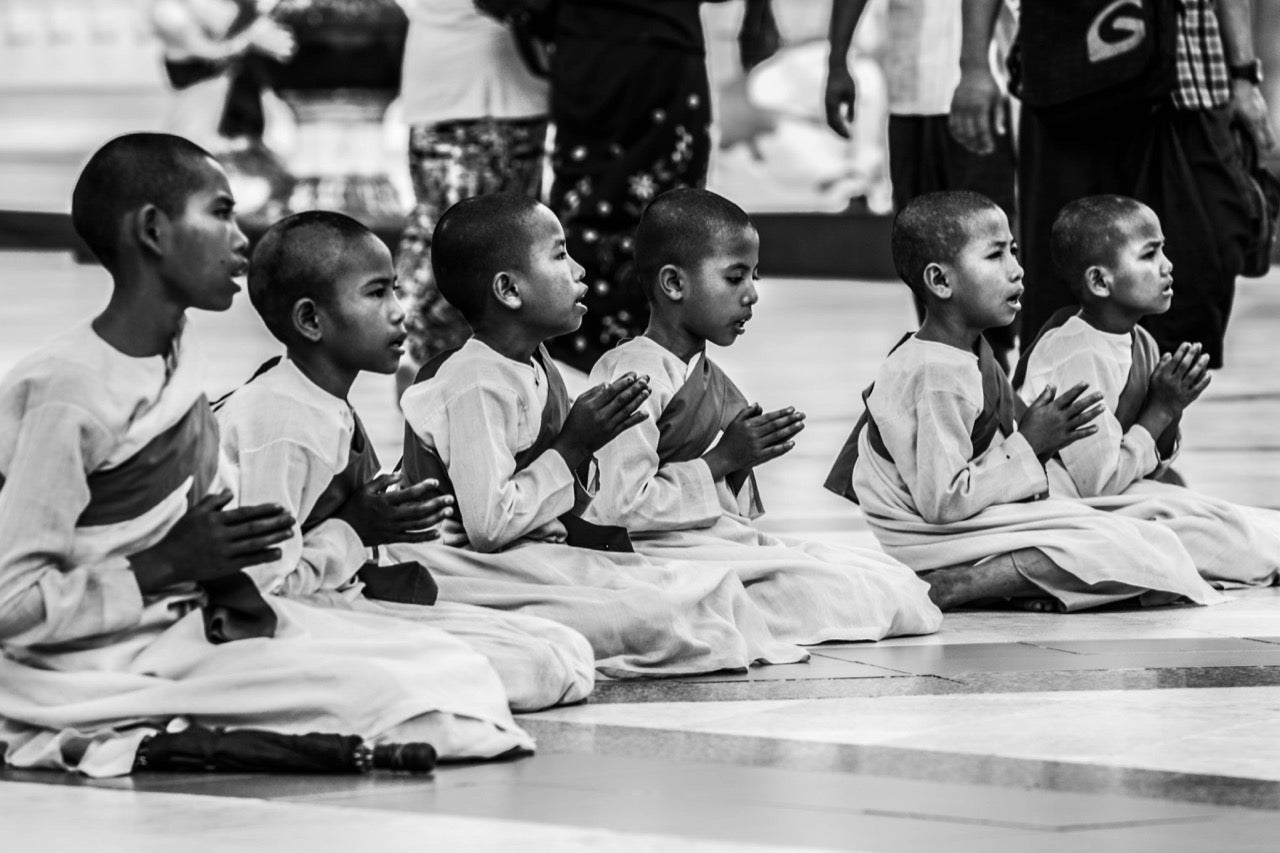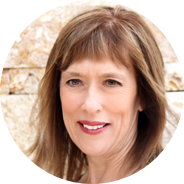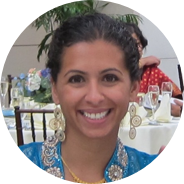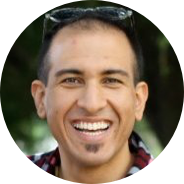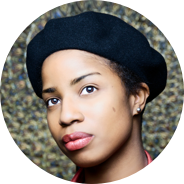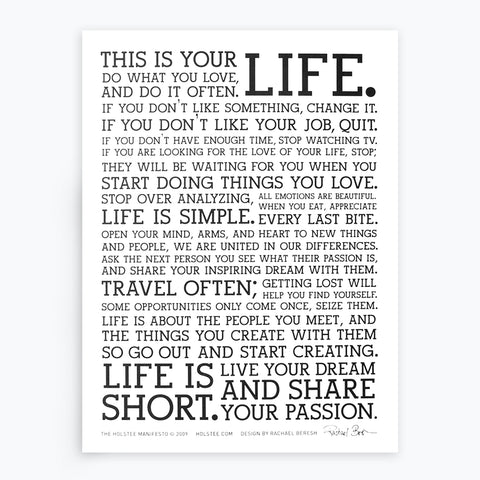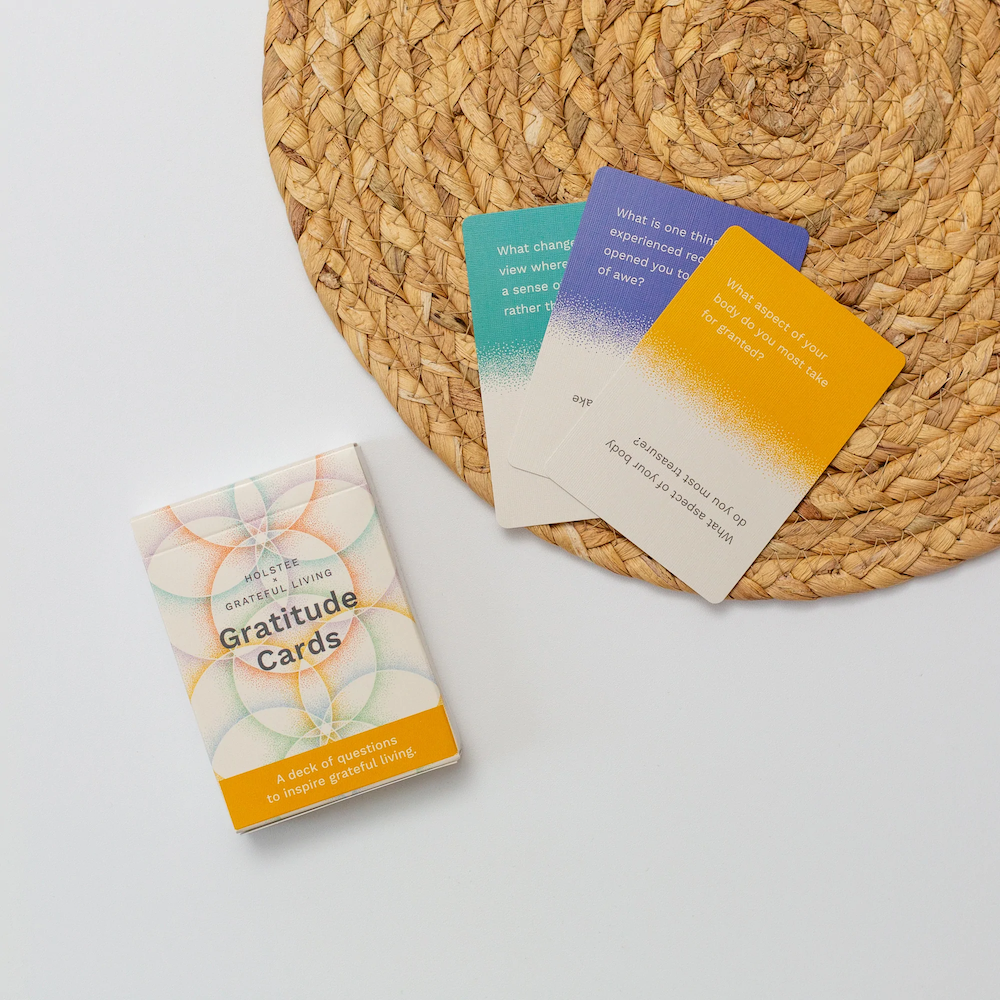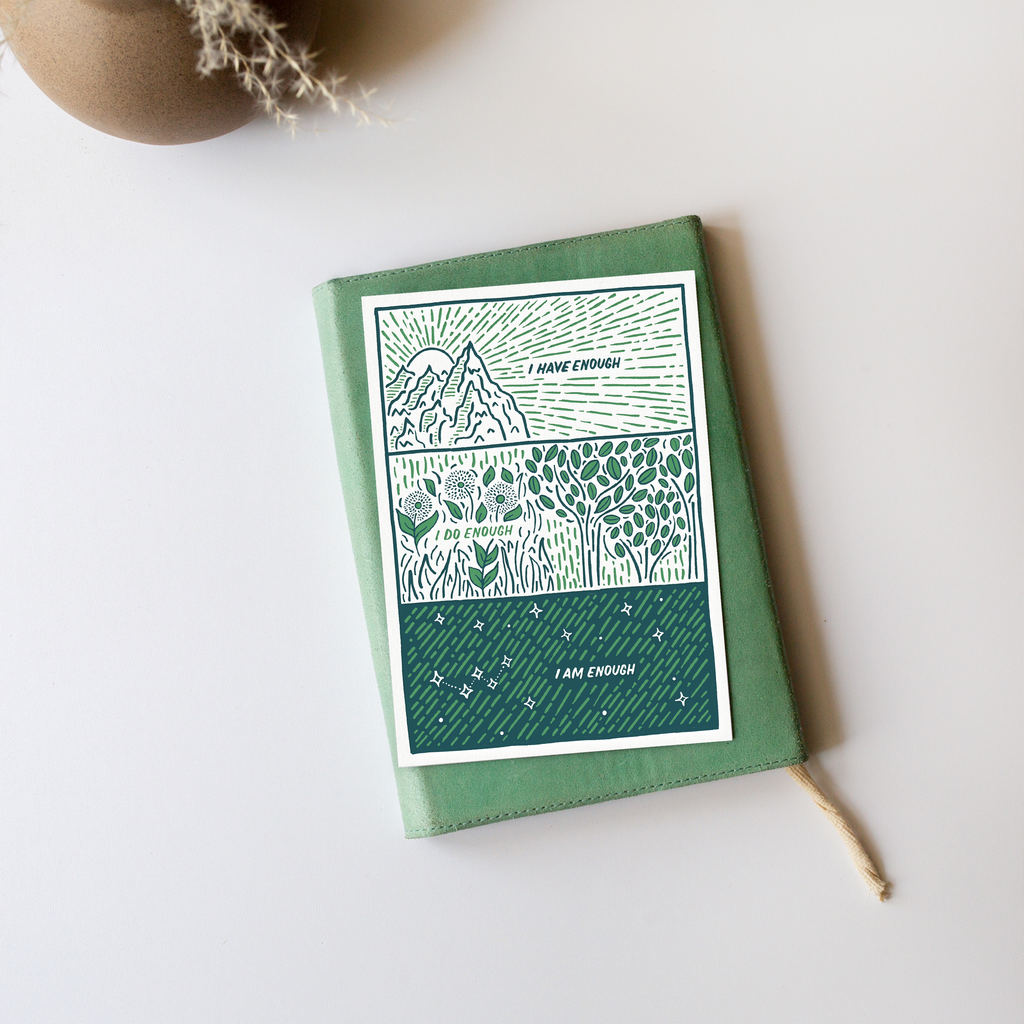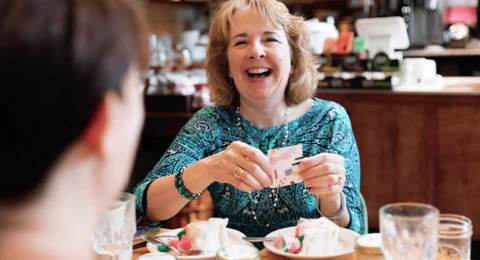On August 6th, protestors gathered at Lawrence Livermore Weapons Lab in California to mark the 70th anniversary of the atomic bomb vaporizing the civilian population of Hiroshima. They drew chalk outlines on the ground for the human bodies that were burned into shadows.
Thirty-five years earlier, on Ash Wednesday, 1980, I stood with Robert McAfee Brown, Daniel Ellsberg, Daniel Berrigan, and others outside UC-Berkeley’s administration building to protest the university’s involvement in developing nuclear weapons at Lawrence Livermore. A group would go up to the 11th floor and sit until they were arrested.
"If we have no peace, it is because we have forgotten that we belong to each other." - Mother Teresa
Tweet It!
We were students and faculty from the seminaries on Holy Hill in Berkeley. Standing next to us were Buddhist nuns from Japan who belonged to the Lotus Sutra sect. With shaved heads and dressed in white cloaks with orange sashes, they quietly chanted, “Namu myoho renge kyo,” and beat on drums with a steady cadence.
They use drums because 700 years ago their founder, Nichiren, believed it helped build community. Unable to make zazen “sitting” meditation work for him, he sent his monks out of the temple to walk the roads and help others. He gave each monk a drum to beat as a way of meeting people and starting conversations. The six-count beat has a half note after the sixth, and evolved out of the rhythm of walking. The drum beating is also a meditative device, and each beat sends the drummer’s soul-energy to the hearts of others.
During World War II, and after the atomic bombing of Hiroshima and Nagasaki, Nichidatsu Fujii added a specific anti-war edge to the drum beating that would last “until all wars stop, and every land turns into an earthly paradise covered by tranquility."
For hours we stood on the sidewalk in the rain with the nuns, waiting for the police line to advance and arrest or disperse us. The sound of the drums was soft, but persistent. The presence of the nuns was unobtrusive. They bowed to each person passing by as a way of showing respect to all beings. The bowing was inviting, and others joined our group. The nuns with their drums did as much as our singing, pouring blood on the pillars, and nonviolent civil disobedience.
I asked my friend Yuri Morita, a Catholic-Buddhist, how we would know when peace had come. Yuri said quietly, “We will know.”
___________________________________
Mark Liebenow’s work has been nominated for two Pushcart Prizes, and named a notable essay by Best American Essays 2012. His account of hiking in Yosemite to deal with grief, Mountains of Light, was published by the University of Nebraska Press.
Begin your day feeling grounded and inspired.
A free 30-day email series where we share the most impactful stories and ideas that have helped us on our journey to live a more meaningful life.
✌️ Free. Unsubscribe anytime.

